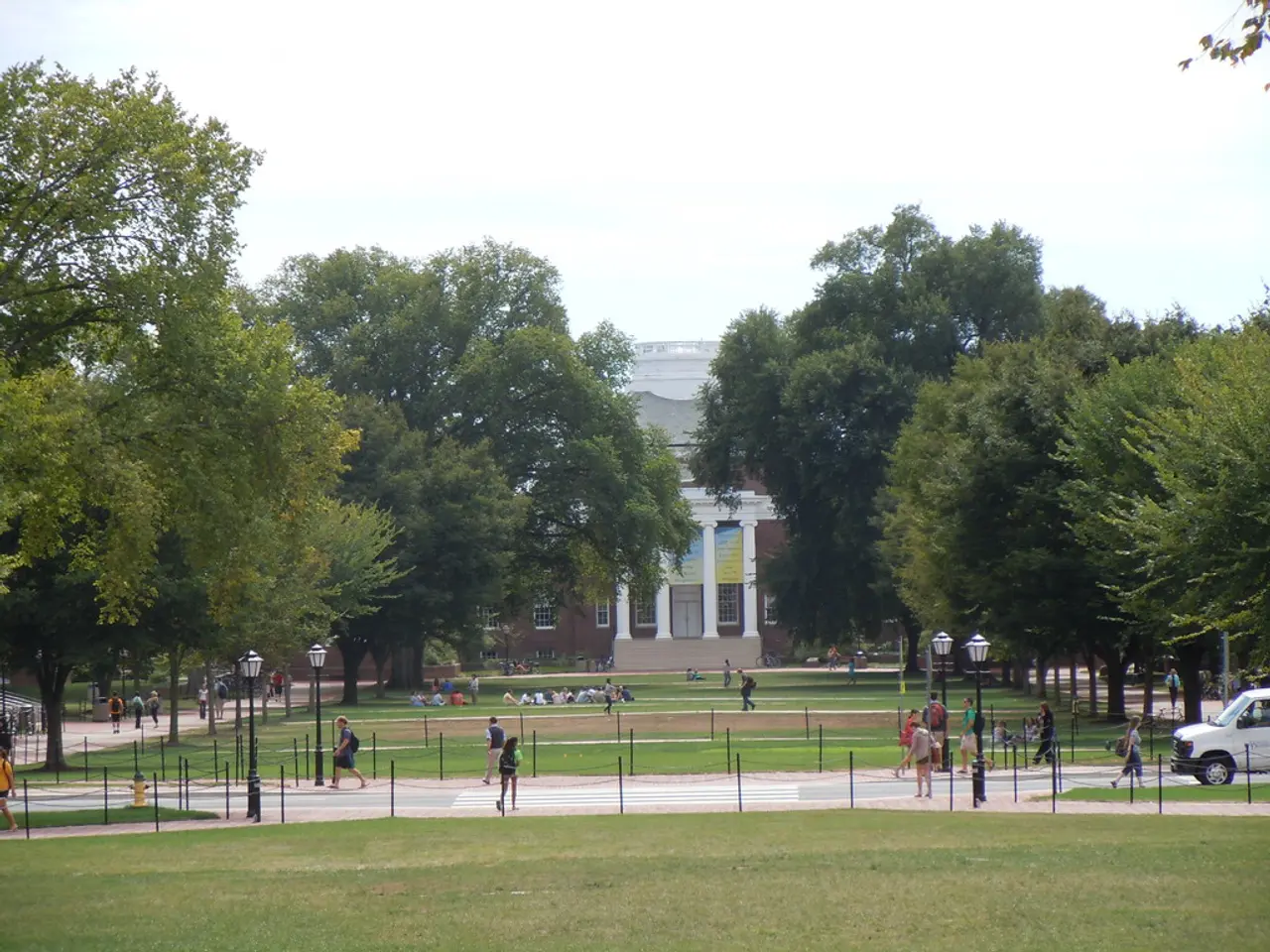Proposing solutions for the ailing higher education system in the country? Turn your attention to the southern region.
In recent years, there has been a noticeable trend in college admissions, as more high school students are choosing Southern universities over traditional Northeastern institutions. This shift is driven by a combination of factors, including cost, admissions policies, program diversity, student lifestyle, and changing national trends.
The rise in the popularity of Southern universities has allowed them to become more selective. Institutions like Clemson University, for example, have seen a decrease in their acceptance rates, with Clemson's dropping from 52% to 38% in the same timeframe. Similarly, Auburn University's freshman-class acceptance rate decreased from 85% to 46% from 2014 to 2024.
One of the key contributing factors is cost and financial considerations. Southern universities often have more affordable tuition and living costs compared to many Northeastern schools, making them appealing to students facing the escalating prices of college education. High tuition sticker prices at some Northeastern institutions may deter middle-income students despite financial aid availability.
Another factor is the shift in admission policies and testing requirements. Some prestigious Northeastern universities are returning to standardized testing requirements (such as SAT/ACT), potentially raising barriers for some applicants. In contrast, Southern universities may offer more flexible or test-optional policies, attracting a broader applicant pool.
Southern schools have also been expanding academic and research programs, sometimes offering emerging fields, joint degrees, and global learning opportunities. This aligns with student demand for career readiness and holistic development as metrics for success become more student-centered.
The South's appeal extends beyond academics. The region often offers a favourable climate, campus culture, and community feel, which can be significant lifestyle factors influencing student choices.
Overall shifts in college admissions—such as data-driven advising, broader recruitment across regions, and attention to mental well-being and transferable skills—may be contributing to a growing perception of Southern universities as desirable options.
This trend is not going unnoticed. Jeff Selingo's forthcoming book "Dream School" highlights these trends, indicating a growing student preference for Southern institutions, reflecting both practical and aspirational considerations.
However, the shift is not without controversy. Incidents such as the University of Kentucky swiftly firing a professor who launched an online petition calling for international warfare against Jews, and the multi-year failures of Columbia University to police protesters who caused millions of dollars in damage and harassed peers, have raised concerns about the culture and values of some institutions.
On the other hand, Southern universities like the Universities of Florida and North Carolina have among the strongest track records of enforcing DEI bans and fortifying campus safety against wanton protesters. Southern universities are more disposed to traditional approaches to education, prioritizing civics education and intellectual growth.
In conclusion, the shift towards Southern universities is a complex one, driven by a combination of practical, financial, and lifestyle considerations. As more students opt for Southern institutions, it remains to be seen how this trend will shape the landscape of higher education in the United States.
- As students prioritize holistic development and seek affordable education, Southern universities are capitalizing on this by expanding academic and research programs, offering emerging fields, and adopting flexible admission policies.
- The rise in popularity of Southern universities, driven by various factors such as cost, admission policies, program diversity, student lifestyle, and changing national trends, has led to increased selectivity, as seen in decreasing acceptance rates at institutions like Clemson and Auburn University.








